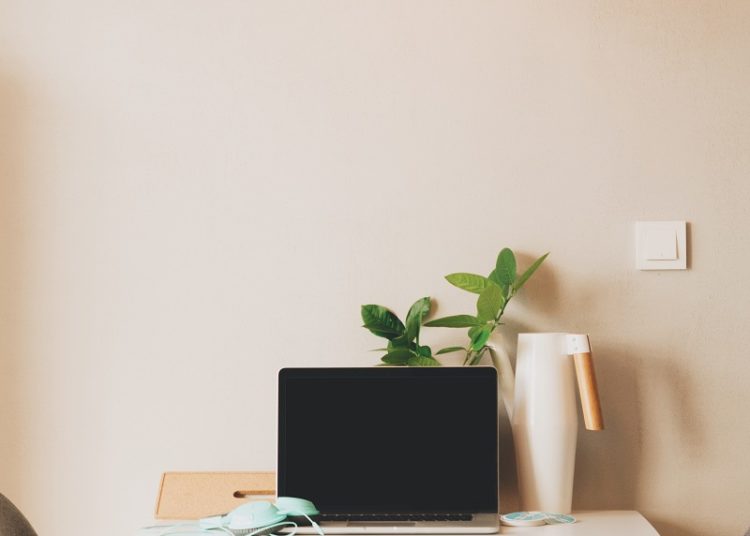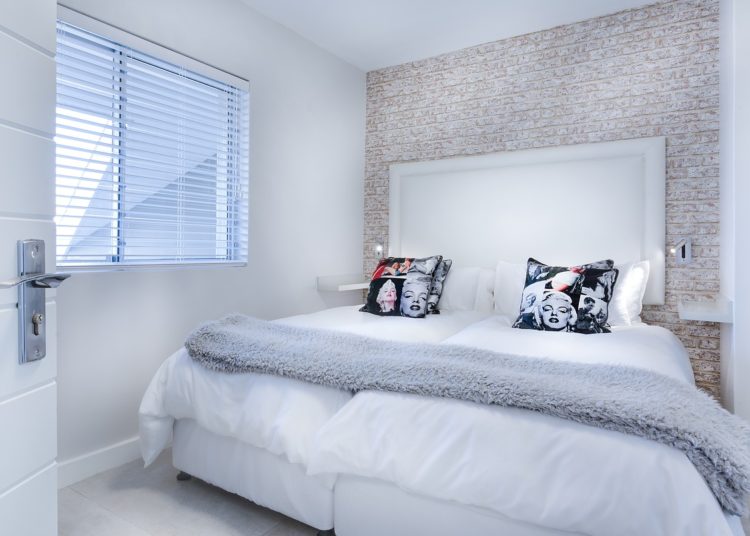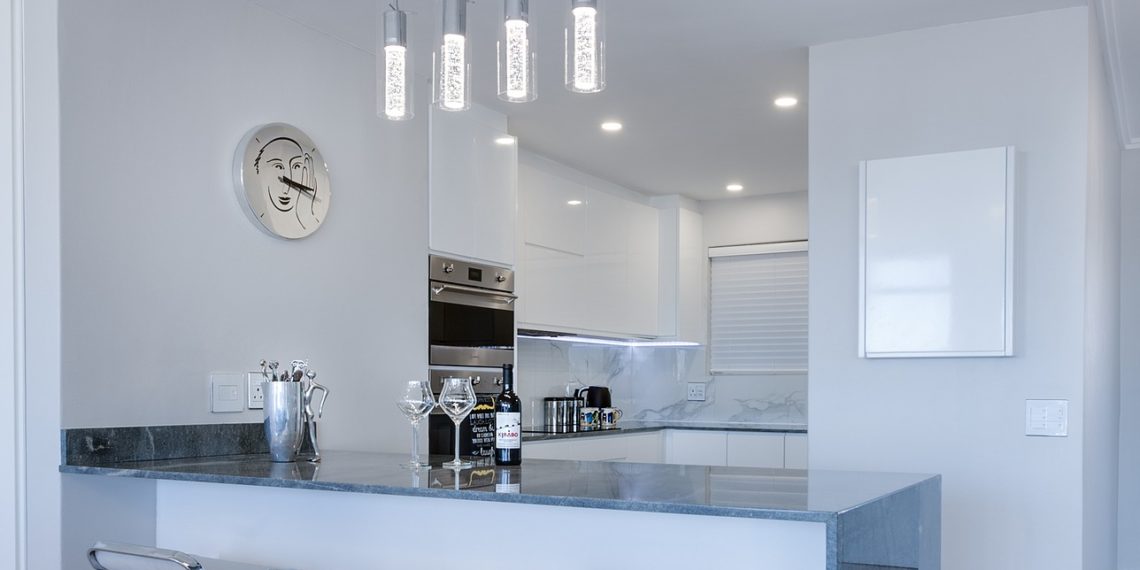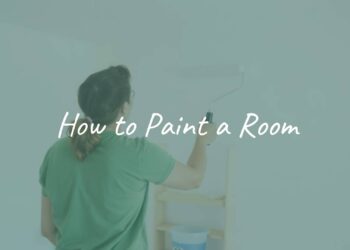Those who are not in favor of minimalism usually argue that this style results in cramped space, thus rendering it useless. However, the essence of minimalism is just the opposite. It is all about maximizing the use of space and not leaving any design gaps but neatly positioning every last piece of furniture. This is a major part of minimalism’s charm and the reason behind its rising popularity. More and more people are turning minimalist because it is fairly easy to implement this style. The steps you need to take in order to attain a minimalist interior are quite simple.
Design around the centerpiece
Just like in feng shui, minimalism is all about ideal positioning. Furniture is in focus of minimalism, as enlarging and changing the size of rooms requires costly construction work. You want to apply all the design features away from the centerpiece in the given room. In the living room, this piece is most often the sofa, while in the bedroom the bed takes center stage. Once you determine the centerpieces, you can start creating a radius of items that will have similar contours or be of the same color. The role of this technique is dual. Firstly, it creates uniformity in the room and prevents it from becoming a circus colors-wise. Secondly, by filling up the room from the middle, every nook and cranny is going to get stocked with at least one item, so there are no ambiguous areas, such as a half a meter gap in the bathroom that usually forms between the washing machine and the wall.

Accessorizing space
Any fashion designer will tell you that no look is complete without accessories such as scarves, glasses or jewelry. When it comes to designing rooms, things are not much different, so minimalism must also include carefully selected accessories. The sofa can be adorned with blankets or a few pillows of a different texture and a bolder color. The floor area will benefit from mats neatly positioned at the entrance to rooms. The coffee table can have books on it as they definitely don’t classify as clutter. Also, a candle or two, perhaps scented, would look good on top of a mantelpiece. Walls can also have art displayed on them but since the style we are discussing is still minimalism, try not to over-decorate. The border between accessorizing and knowingly cluttering is a thin one, don’t step over it.
Getting rid of the excess
If you are applying minimalism in a home the interior of which had already been designed, then the adjustment is perhaps going to be a bit more painful. We are talking about getting rid of some stuff than you really have no use for. An important point of minimalism is to use only the things you need, so if there are any pieces of furniture you are not using, like a clothes dryer, then its time for them to go. Before you start redecorating, make a list of all the things you deem as surplus, pile them outside and call a removalist company such as Man and His Van Removalists to drive it all away. If they are still in good order, instead of going to the junkyard, they could be donated to a charity of your choice. In the end, others could benefit from the introduction of minimalism to your home.

Different textures
Although individual ornaments and pieces of furniture should have more similarities than differences, they have to differ in one element: the texture. While the color palette remains the same, the texture should change as you look around the room. In practice, this means that if there is a fuzzy carpet, it should stand next to a cabinet with a smooth wood finishing. Atop this cabinet, there should also be something rugged and the lamp above it should have a sleek shade. This is only one example for the living room but each room should have a unique transition of this kind.

Declutter for good
Many fashions and design magazines advise their readers on how to get rid of clutter and the benefits of it. What they fail to say is that clutter almost inevitably comes back, so it is necessary to do away with it for good! This is because clutter is also a state of the mind. No minimalistic style can tolerate clutter, so once you declutter for the first time, take precautions so clutter doesn’t reappear. Create a mental map of places that are most clutter-prone such as the desktop area, backrests of chairs, the sofa, or the kitchen counter and keep a close eye on them. If you see anything piling up there, remove it instantly. Once this becomes a habit, other family members will follow in your steps and clutter will truly become a thing of the past.
Finally, don’t be afraid to adopt minimalism because it is a design that is pretty easily implemented. There is no expensive shopping involved and you’ll have to part from just the stuff you consider unnecessary anyway.
















![What to with Scrap Metal? [infographic]?](https://facts-homes.com/wp-content/uploads/2019/07/645413-POPYOV-391-120x86.jpg)





